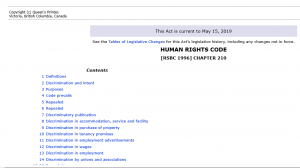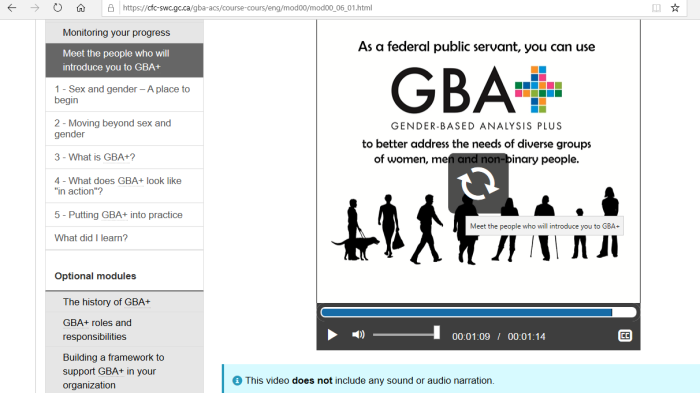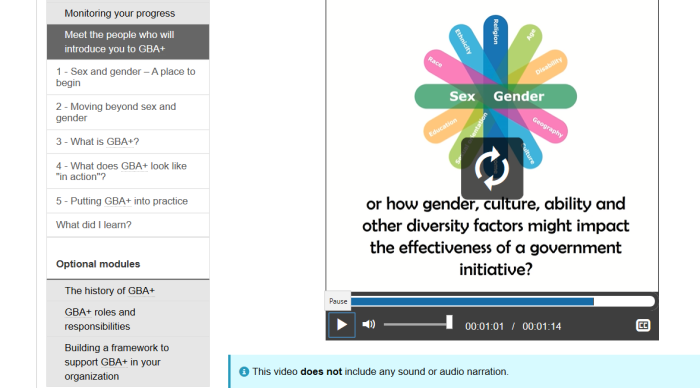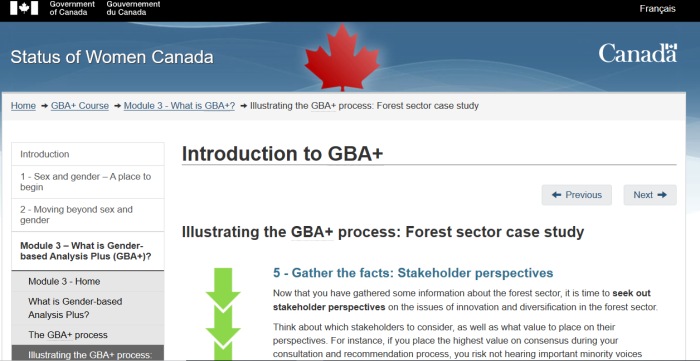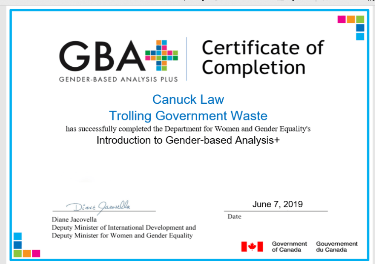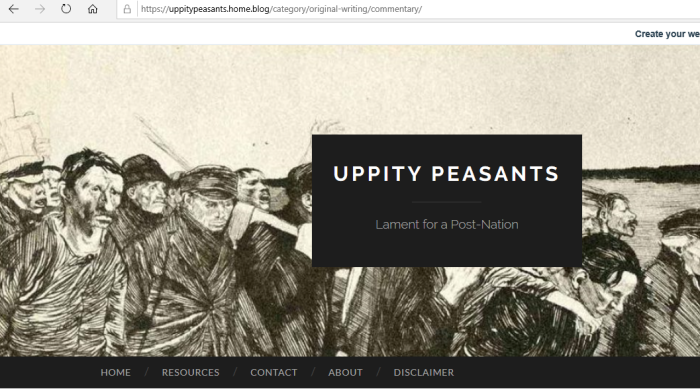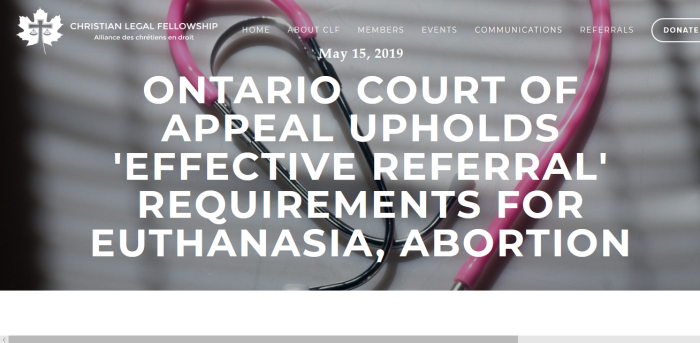

How do you take over the world without war, guns, and bombs? You do it incrementally, and strategically. This guide will outline some of the major steps.
1. Important Links
This section will be empty. Instead, links are interwoven in the article. Also, Part II, will address who is behind these global takeover efforts.
2. Convention On Preventing & Punishing Genocide To Be Used As “Guideline”
No two ways about it. If you are serious about world domination, then you can’t have strong groups and populations standing in your path. The population needs to go. Either it needs to be killed off, or it needs to be “phased out”. This idea was addressed in a previous article.
He are sections of the 1948 UN Convention on the Prevention and Punishing Genocide:
Article I
The Contracting Parties confirm that genocide, whether committed in time of peace or in time of war, is a crime under international law which they undertake to prevent and to punish.
Article II
In the present Convention, genocide means any of the following acts committed with intent to destroy, in whole or in part, a national, ethnical, racial or religious group, as such:
(a) Killing members of the group;
(b) Causing serious bodily or mental harm to members of the group;
(c) Deliberately inflicting on the group conditions of life calculated to bring about its physical destruction in whole or in part;
(d) Imposing measures intended to prevent births within the group;
(e) Forcibly transferring children of the group to another group.
Article III
The following acts shall be punishable:
(a) Genocide;
(b) Conspiracy to commit genocide;
(c) Direct and public incitement to commit genocide;
(d) Attempt to commit genocide;
(e) Complicity in genocide.
This applies if there are certain groups, such as racial or ethnic, that are obstacles to the plan. Yes, we can kill them, or we can just reduce their populations, by preventing births or causing mental harm to the group.
Ironically, this convention outlines some effective “non-violent” ways to erase a group, or groups.
We will get back to this later.
3. Financing The Global Domination Mission
No doubt about it: a scheme to control the world is expensive and complex. The right people have to be in place, and the organization needed is substantial. So let’s discuss a few methods to finance our agenda.
(Option A:) Get wealthy nations to borrow extensively from private banks. Most countries have their own internal banking, which means that they effectively borrow from themselves. A much better alternative is to get nations to start borrowing from private banks, but never completely pay it back. This ensures permanent interest payments. However, we must be careful to fight any and all attempts by concerned citizens to take back control of their finances.
(Option B:) Convince wealthy nations to participate in bogus scheme such as the “climate change scam”, which is based entirely on junk science. Rather than endlessly appealing to give foreign aid (which we then steal), we should be appealing to the mutual survival instinct. Doing this can raise hundreds of billions in revenue each year. Sure there will be resistance, but we can establish some controlled opposition “Conservatives” to give the illusion of fighting for the average people. These initiatives, once established, will be profitable.
(Option C:) While using the money raised from (A) and (B) immediately seems like a good idea, we must be more strategic about it. A serious option is to loan out to developing nations, huge sums of money they cannot possibly pay back. As such, once nations begin defaulting, we can either seize assets, or “forgive debt” in return for favours. Sure this is predatory lending, and the middle class will suffer, but their leaders will be put in an impossible position.
Note: the debts that we “lend” to developing nations are not actually losses we accrued. Rather they will be from the perpetual “debt repayments”, which developed nations pay us after they started taking out private loans.
(Option D:) Make globalism more profitable and have our partners contribute to the efforts. Making mass migration more profitable leads to an almost endless supply of new customers. A wide variety of groups, can get involved, ensuring a diversified portfolio for us. By linking their business interests with our ideological interests, it will ensure these organizations are vested in our survival.
(Option E:) It doesn’t just have to be foreign aid that gets transferred outside of host nations. Many national pension funds are screaming to be invested in our global development. Sure, there are criticisms that they are underfunded and unsustainable, but the potential growth will offset any risks to the funds. If seniors object, we can always subsidize their efforts to start smoking.
(Option F:) For the purposes of trade, it is antiquated to think of it as “nations” trading. Rather, if we think of them as economic zones, trade can be liberalized much more effectively. Sure there will be job losses here and there. But it’s all for the good of the “global economy”.
4. Mass Migration Is Critical To Our Success
In order to achieve the “One World Order”, individual nations must be destroyed. Sure they may keep their flags and names, but for all practical purposes, they cannot exist. There must be no true sovereignty allowed.
This aspect has unique challenges. There are plenty of nationalists and ethno-nationalists who want to keep their race, culture, language, heritage, customs, traditions, and way of life intact. There are those who reject conservatism and libertarianism, (which favour individuality over group survival), in favour of the long term stability of their nation. We need to completely replace the host populations. Being direct and honest will not work in this case. As such other approaches are required:
(Option I:) We can buy off media outlets. The rise in internet use and citizen journalists had led to an utter devastation of traditional media outlets. This presents an opportunity never thought possible: to keep certain media solvent in return for favourable coverage of our practices.
(Option II:) We can install puppet candidates and fund parties whose populist agendas are very similar to ours. With the right rhetoric, the sheeple won’t care that we lie about the true size of annual mass migration. Nor will they care that a “right-wing populist” is only proposing a 7% reduction in current rates. With the right messaging, the patriots will overlook that forced multiculturalism and diversity has never actually been successful, and only leads to balkanization. Members of the Government and Opposition should both have their campaigns contributed to. While common in the US, campaign contribution laws shall be used fully to ensure a cooperative Congress or Parliament.
(Option III:) Straight up gaslighting can and does still work, but the citizenry is getting tired of it. This technique should be used less frequently. Not saying stop entirely, but it shouldn’t be the first tool anymore.
(Option IV:) Present mass migration as “normalized” and inevitable. Yes we will need other puppets to sign the New York Declaration, and the UN Global Migration Compact. Yes, there will be many critics, and the gaslighting should be used sparingly. There are many intellectually dishonest tactics we can use without being too obvious. Our shill media — addressed earlier — will be useful in attacking border control efforts, or even the idea of border control.
(Option V:) In order to facilitate mass migration and population replacement, we should introduce “throw-away” ideas such as repatriating terrorists to home countries. If successful, we further destabilize the nation states. If unsuccessful, we at least divert their attention away from our real goals.
(Option VI:) One subset of mass migration is promoting high levels of Islamic immigration. Given their desire to take over the world, and propensity for “playing the victim”, this will be useful. Further, the drain on resources of the host nations will make it harder for them to put up resistance. Given Muslims’ very high birthrate, and violent intolerance towards others, they can help replace the populations for us.
Note: we won’t allow the Muslims to actually take over. Rather, they will do much of the leg work for us.
Naturally, the elites will need to meet annually, to ensure a smooth post-national transition takes place.
Once mass migration is sufficiently underway, we can focus on controlling the new masses, and that leads to the next topic: education.
5. Taking Control Of Education
If the agenda is to succeed, we need to take control of the next generation, and the one after that. As noted, children are to become dependent on the schools for everything from meals, to health care, to actual parenting. Yes, the financial costs will be high, but we will pay for it out of the interest payments from the loans we grant to governments. So really, it costs us nothing.
Academia has an important role to play, which is obvious. Scholarly articles, such as those written by Frank Geels and Kirsten Jenkins will add legitimacy to what we are doing.
Another important aspect is to redefine what cultural norms are. This in turn will also help reduce the host populations, which will make it easier to replace them. One such technique is encouraging people, especially young children, to have sex changes. A further technique is to keep pushing for abortion as a “human right”. Less births will of course reduce the host nation’s population. An extra benefit is that baby parts sell for huge amounts to organizations which are sympathetic to our globalist methods.
6. Making It All Come Together
Okay, this is definitely a lot to absorb. But knowing and implementing all of these steps, what have we actually accomplished? Let’s list them:
- We have identified ways to commit genocide against nations and their host populations without the obvious evidence of guns, bombs and war
- We have raised money by getting nations to borrow heavily from private banks, and never fully pay it back, leading to permanent interest payments
- We raised money via bogus environmental scams
- We loaned out to nations who cannot pay
- We have enlisted corporate partners in our goals
- We have invested national pensions and other assets
- We have eliminated borders, ensuring efficient trade
- We have bought off an obedient media
- We have propped up puppet politicians
- We reduced the overt gaslighting
- We changed the narrative to mass migration being normal
- We normalized repatriating terrorists
- We weaponized Islamic immigration
- We coordinated global leadership meetings
- We have made children dependent on schools
- We controlled the academic output
- We replaced traditional cultural norms
This list is by no means exhaustive. However, it should serve as an introduction to global domination.
The UN, naturally, is a great way to centralize the consolidation of the global empire. But should the UN stop being a useful tool, we have backups in reserve.
Just remember: taking over the world is a marathon, not a sprint.
7. Who’s Behind All Of This?
That will be addressed in part II, a post all by itself. There are simply too many players to do it justice in one article.

